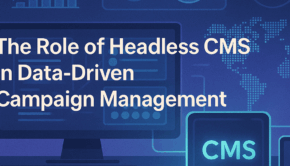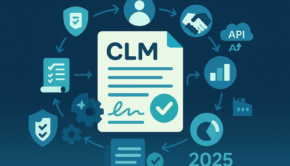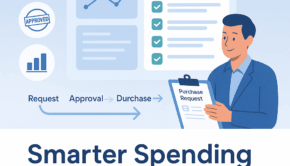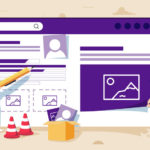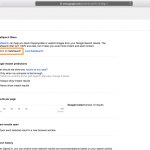Qualitative Data Collection During the Pandemic
Image source: unsplash.com
Data collection for most qualitative research relies primarily on face-to-face interaction. It is due to the nature of the data itself, taking the form of concepts, words, and ideas.
But pandemic restrictions have affected all aspects of our lives, including research pursuits. This has significantly affected data collection for qualitative studies. Due to this, many researchers have resorted to remote methods of data collection. This shift brings up some new challenges unique to remote interactions.
We’ll go through some popular remote data collection methods for qualitative research. What are their advantages and characteristics? What factors do we have to consider with the use of online/electronic means for data collection?
Remote Data Collection Methods
Popular pre-pandemic methods of data collection were face-to-face interviews and focus group discussions. Aside from transcribing the words of the participants, researchers also made field notes. These notes consisted of the researchers’ observations on the environment and nonverbal cues, among others.
However, you cannot access all this extra information through remote interactions. Alongside other factors, most people are more comfortable with in-person conversations.
Researchers have decided to make do and glean whatever information is available. Remote methods also present some unique advantages.
Video Conferencing
Video conferencing experienced a surge in popularity during this pandemic. Platforms such as Zoom and Google Meet became popular choices for communication.
Video conferencing is a popular alternative due to it being an audiovisual experience. It’s the closest we can get to face-to-face interaction without having to be near each other.
Depending on factors such as internet speed and access, discussions can flow naturally.
Most video conferencing platforms also have built-in recording tools. These leave you with a video file you can review and transcribe when needed.
Phone Calls
Phone calls are also a popular remote interview choice. They are relatively inexpensive and accessible, especially for respondents in more remote areas.
Phone interviews are an excellent way to collect verbal testimonies and interviews. It may also help respondents feel more comfortable since they won’t feel as observed. Since you cannot see each other, there is less pressure to ‘perform’.
However, this lack of visual cues can also be a disadvantage. It makes building a rapport more of a challenge. It also makes it more challenging to pick up on non-verbal cues like body language.
Organizing a group discussion over a phone call could also be quite a challenge. Some older phone models might not support the feature, and it would be harder to keep track of each speaker.
Text/Online Messaging
You can also conduct interviews or discussions via text message or online chat. There are a lot of messaging apps available right now, with both mobile and desktop versions.
Depending on your research design, these discussions can be synchronous or asynchronous. You can send your questions and have the respondents answer them. You can also have everyone go online at the same time and have a live discussion.
Like phone calls, respondents could feel more comfortable communicating via chat. Without visual cues, they can feel more at ease with expressing themselves. It’s also easier to record conversations since the medium is text-based.
Its weakness, however, is the lack of visual and auditory cues. The medium limits you to communicating via words on a screen. This risks misinterpretation. You can use emojis, slang, or tone indicators, but it is not the same as face-to-face interaction.
Considerations
Remote data gathering is not a new phenomenon, but it hasn’t been the norm until recently. Due to its differences with more traditional methods, it also poses unique considerations.
Privacy
Most remote data gathering methods need to use third-party programs or applications. You may reassure them that you will keep their data confidential, but these apps may not.
It’s best to be open about this to your respondents. For some, it might not be a huge concern, but it’s best to be safe. Better yet, you can find messaging or conferencing programs that guarantee your privacy.
Professional Standards
This concern can depend on who you are writing for or your research question itself.
Some studies have also questioned the validity of qualitative interviews. They cite that the researcher’s personal biases could influence their line of questioning. The additional barriers innate in remote methods could add to the method’s limitations.
Either way, it is best to consult with fellow researchers or your higher-ups. Getting feedback helps you ensure the clarity of your methods and the validity of your data.
Wrapping Up
Unique circumstances require unique solutions. There is no question that researchers will continually adapt and overcome. Pandemic or not, we remain committed to the pursuit of knowledge to help our institutions.
Once you have your data together, you’re ready to move on to analysis. Thematic has a quick yet comprehensive guide to help you through the process.



